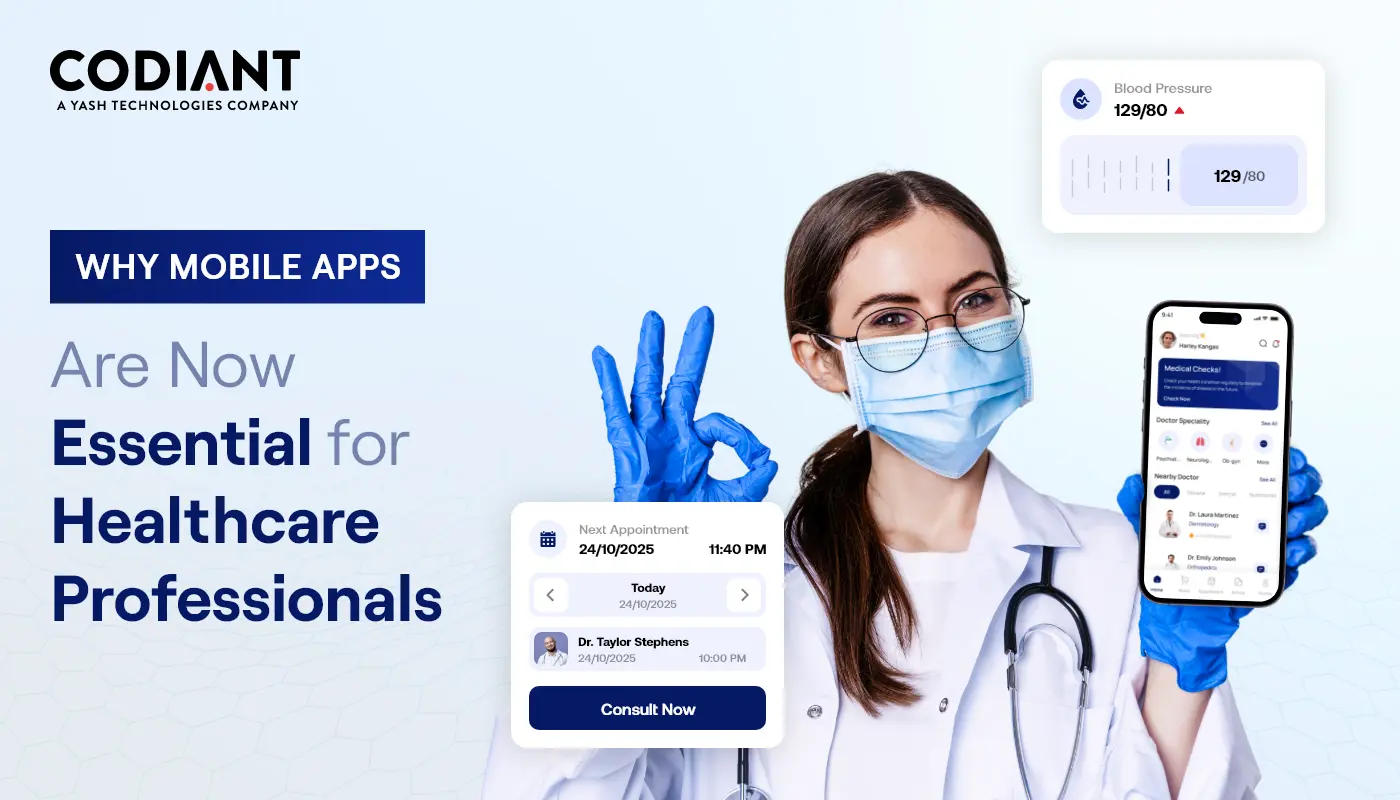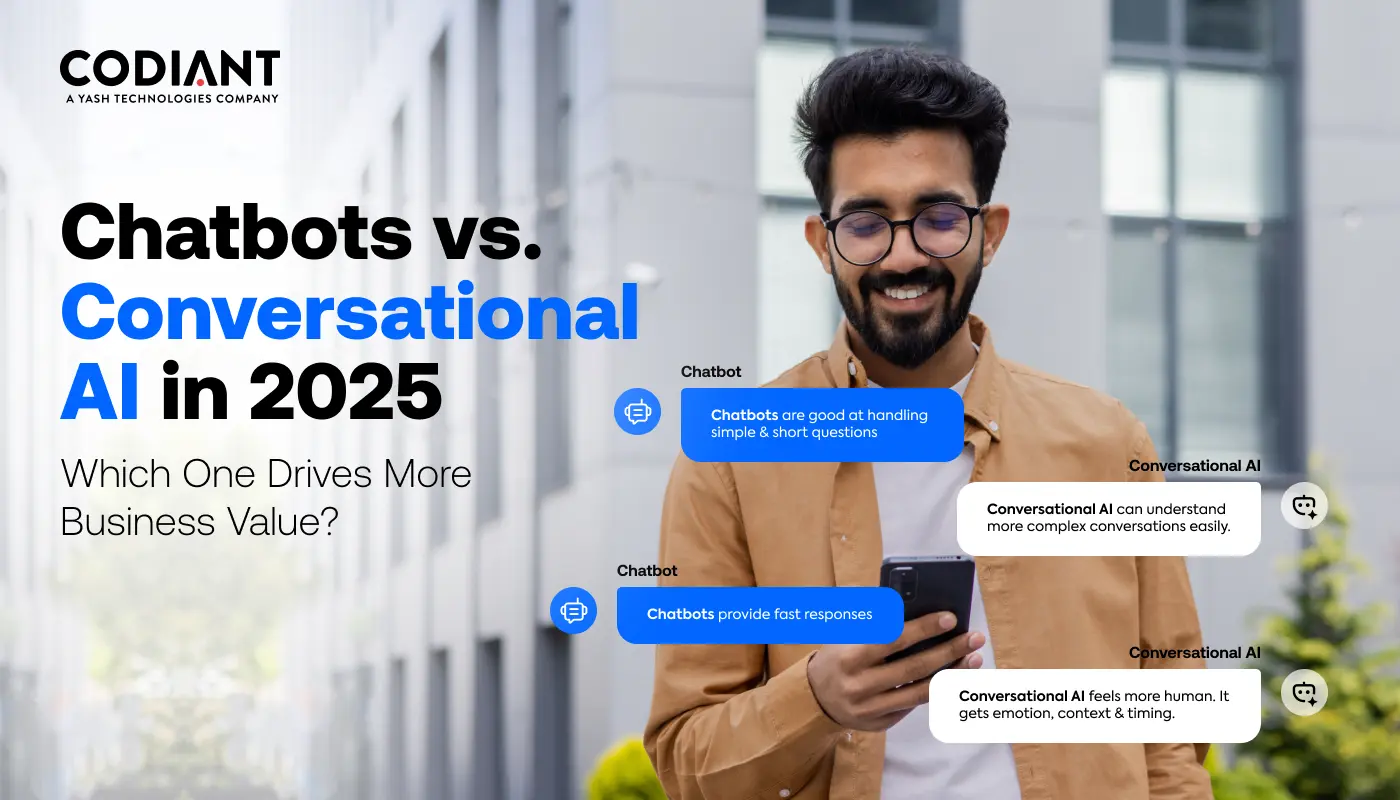How eLearning Mobile Apps Are Transforming Education Industry?
Table of Contents
Subscribe To Our Newsletter

Technology. Digitalization. High-speed Internet – is rapidly transforming the education sector to maintain the pace with the ongoing requirements. The advanced learning method supports students to join lectures at any time and from any part of the globe. The traditional mode of learning is now almost overtaken by eLearning mobile apps. As a result, learners and educators are now loaded with digital modes of learning, including digital textbooks, eLearning apps, and a range of online courses and test series.
A smartphone is no longer considered a luxury but rather a necessity, that is accessible to both teenagers and adults. Such a wider reach of mobile devices has also influenced the global EdTech market and companies to enter into the education business world. Hence, hundreds of startups have built thousands of eLearning-based smartphone-supported mobile applications that follow numerous creative approaches to facilitate learning.
The eLearning trend follows the essence of teaching and information sharing. Gradually, the knowledge acquisition trend from the eLearning app has been raised to a new level. It becomes possible due to available options and module selection.
Let’s have a deeper look at the market stats of the eLearning industry, major revolutions and key changes, and educational technology trends that brought changes by the eLearning app in the education ecosystem.
Market Statistics of the Online Learning Industry

- The global eLearning apps market revenue will be almost twice as much from 2022 to 2032, reaching USD 476.5 billion at the end of 2032 at a CAGR of 7.1% by Statista.
- 64% of trainees prefer smartphones only to access their educational content for learning.
- 89% of mobile learners download multiple applications but a minimum of 50% of those downloads are for self-learning.
- 46% of users prefer smartphone learning or training before going to bed.
- 71% of learners/trainers prefer studying on a smartphone rather than on a PC or conventional learning mode.
- Commonly, a learner dedicates about 2 hours and 51 minutes to learning on their mobile every day.
- A mobile app learner/trainer completes their course or assignment 45% quicker instead of from a PC.
- Educational mobile apps are the second most popular in the world’s app store with 9.31% shares.
Major Revolutions and Key Changes in the eLearning Mobile Apps Industry

1. Customized Learning Experiences
The learning and grasping abilities and modes of learning vary from individual, such as visual, auditory, kinesthetics, etc. The eLearning mobile apps are equipped with new digital transformational technologies that are making it convenient for students of different learning abilities and types to grow in their most suitable manner.
The learner can even set their learning goals and go at their own pace, communicating with educators and fellow students to personalize the learning experience. Advanced tech-enabled, such as AI and Machine Learning apps support varied learning methods that help students to learn faster. It includes interactive games, modeling tools, learning graphs, video production, and many more.
2. Accessibility
The portable learning and education modes have now reached the toughest terrain of the earth where people don’t have easy access to educational institutes, schools, colleges, and universities. There could also be the possibility that they are incapable of affording the heavy charges of learning institutions in large cities, where they can explore more options.
The educational trends are evolving and reaching a deeper level of subject understanding, rather than sticking to memorization. The latest eLearning app development trend is now backed with new technologies that are bridging the learning gap. It is making knowledge and learning easily accessible to remote learners and reaching all corners of the world in the most simplified manner.
The courses and learning are available in multiple modes to allow the maximum population to understand it, such as in audio and video form, voice-to-text, and text-to-voice transcription which ensures learning is no longer confined to reading only.
3. Enhanced Interaction
The traditional mode of learning and translating it into a white paper just to pass the exams is no longer serving and enhancing students’ learning capabilities. They require a broader spectrum of an interfaces, and interactive learning sessions, actionable feedback that supports higher student engagement.
eLearning apps are delivering all these aspects very aptly by providing an interactive and engaging user interface with an appealing design. A well-designed and presented app attracts users’ attention and makes them stay longer on the platform, and offering engaging learning courses works as the icing on the cake. It enhances learning, understanding, and problem-solving capabilities with ease.
4. Promoted Self-Directed Learning
The self-directed learning process is in which a student takes the initiative, with or without the help of any teacher or trainer.
They can analyze their learning requirements, define learning goals, identify resources, determine and implement learning strategies, and evaluate the results. The education apps provide learning support to self-directed learners in the context of their problems.
The education apps provide learning support to self-directed learners in the context of their problems.
The eLearning mobile apps promote learning beyond the classroom. It supports the self-learning method by offering personalized learning experiences. It also approaches learners to participate in a task where at a certain level they are provided the instructor’s support and later on withdrawn to encourage a self-directed learning approach.
5. Keeps Informed with Instant Updates
Push Notification in an eLearning mobile application is the aptest feature that helps the learner to remain updated about every detail and never miss any important announcement or notice.
Teachers or trainers can send alerts to students about any new updates or changes in exams, timetables, syllabus, online class timings, event information, etc. with a single tap.
The Push Notification comprises multiple elements. It typically includes a title, message, image, and URL. A push notification is a simple, informative, and attractive message that gains the reader’s attention and quick response or actions as well.
6. Encouraged Environment Sustainability
With the rising trend of digital learning mode, the excessive usage of papers and other resources to design learning materials has been controlled to a great extent.
Now, there are even subject-specific applications available in the digital market.
Did you know? About one-third of the entire learner population has shifted to a digital mode of learning.
The handy access to all the information and digitalization of all minute data has shifted the trend of preferring digital learning over traditional learning.
The on-demand education has made learning accessible from anywhere, anytime, and carved a path toward a greener and more sustainable environment.
Trending Technologies Transforming the Education Sector in 2023

1. Artificial Intelligence (AI)
AI technology has made its presence in almost every business sector including finance, manufacturing, healthcare, and education as well.
Application of AI in eLearning mobile apps can manage time-consuming tasks to ease the workload of teachers or trainers. The technology helps to deliver an enhanced and customized learning experience to students.
The AI-enabled eLearning applications can enrich students’ performance by integrating voice-to-text and text-to-voice feature that helps students prepare notes and learn their chapters by reading or hearing the class and notes.
2. Virtual Reality (VR)
VR is a computer-generated technology that supports an interactive learning environment by forming a real-world experience and helping students to better engage with the subject.
The interactive teaching and learning method promotes learning ability and increases student retention rate.
Through VR technology the student can not only see something but also experience it as real.
Integrating VR technology with your eLearning mobile app demands less equipment to interact and can help to reduce ample amount of expenses in arranging suitable infrastructure.
3. Augmented Reality (AR)
AR technology is usually used in association with VR technology to simulate its effect accurately in the real world. Whereas, the individual purpose of integrating AR technology is to provide a sense of feel and touch to learners and educators while studying anywhere and anytime.
AR technology in the eLearning segment helps to make education an immersive field rather than a rigid and forced teaching and learning atmosphere for both teachers and students. These technologies help to promote the distance learning experience.
4. Internet of Things (IoT)
IoT can introduce several changes to both online and offline learning modes. It helps schools and colleges to create smart campuses, automate recursive tasks, and allow access to advanced technologies that facilitate students’ learning processes.
The IoT-enabled devices can also be used to track students’ activities and class attendance, which instantly alerts teachers and their respective parents about the student’s status.
This feature can initiate added security and transparency in availing of digital mode of learning services.
5. Chatbots
Virtual Assistant chatbots are making our lives easier and the digital learning experience has even become more simplified and streamlined.
There are about 3.5 billion voice assistant bots available in the global market. There will be 8.4 billion such devices by 2024, which will be more than the world’s total population.
The chatbots in the eLearning system are providing a custom learning environment. For instance, supporting the conversion of lectures into chats or a series of messages.
This technology can also help specially-abled students to attend classes through text or chat teaching mode.
Final Words:
Considering the ongoing market trends the introduction of technologies is playing a vital role in redefining and enhancing the modern education system, ranging from smart classes to gamification.
The technologies are supporting mobile applications effectively, such that eLearning mobile apps have become the core of the EdTech sector and mobile development. Hence, the learners can access educational videos or extract information on demand – anytime, anywhere.
Strengthen your educational pattern, institute, or training model with smart eLearning mobile applications.
Or even if you look to upgrade it with new advanced technologies to minimize budget, deliver superlative pedagogy, and achieve faster results then hire an education app development company.
Just ensure the company has a diverse and industry-rich portfolio and get a feature-rich app developed that serves your organization’s purpose and motto.
Featured Blogs
Read our thoughts and insights on the latest tech and business trends
How to Modernize Legacy Systems with AI – A Step-by-Step Guide
- October 31, 2025
- Artificial Intelligence
In a Nutshell: Legacy systems aren’t outdated - they’re underutilized. AI can modernize them without full replacement, saving time and cost. Modernization is a journey, not a rebuild. Start small with automation, data clean-up &... Read more
Top Reasons Why Healthcare Providers Need Mobile Apps Today
- October 27, 2025
- Healthcare
If you’ve been to a clinic lately, you might have noticed something new-paper forms are almost gone and screens are everywhere. From booking doctor visits online to checking your recovery updates on your phone mobile... Read more
Which is Better for Your Business in 2025- Chatbots or Conversational AI?
- October 22, 2025
- Artificial Intelligence
In a Nutshell: Chatbots = Simple & Fast- Great for FAQs, appointment bookings & routine customer support. Conversational AI = Smart & Scalable- Uses NLP and machine learning to understand context, personalize replies & handle... Read more




